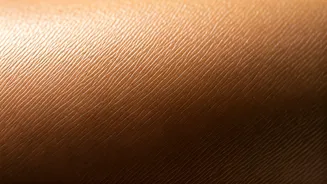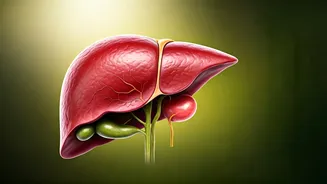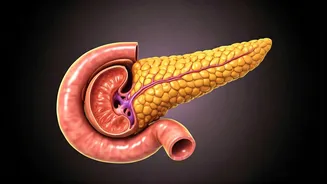What is AN?
Acanthosis nigricans (AN) is a skin condition that leads to the development of darkened, thickened skin in body folds and creases. This condition doesn't
usually cause any symptoms other than the skin changes themselves. The affected areas often feel velvety or leathery to the touch and might be itchy. Common areas where AN manifests include the neck, armpits, groin, elbows, and knees. Occasionally, the skin on the palms and soles might be affected. The color of the affected skin can range from tan to dark brown or even black. The extent of the darkening can vary, sometimes appearing as a mild discoloration, while at other times it might be significantly pronounced. Recognizing AN involves identifying these distinctive skin changes and being aware of the areas where they commonly appear, which is crucial for early detection and appropriate medical consultation.
Causes of AN
The underlying causes of acanthosis nigricans are diverse, yet many are linked to hormonal imbalances and insulin resistance. One of the most common causes is insulin resistance, frequently associated with prediabetes and type 2 diabetes. Insulin resistance leads to elevated insulin levels in the blood, which, in turn, can stimulate skin cells, resulting in the characteristic darkening and thickening. Obesity is another significant contributing factor because excess body fat often exacerbates insulin resistance. Genetic predisposition can also play a role, as some individuals are more prone to developing AN. Less commonly, certain medications such as birth control pills or corticosteroids, or other medical conditions such as polycystic ovary syndrome (PCOS) can trigger AN. In rare cases, acanthosis nigricans can be associated with certain types of cancer, particularly in the stomach, liver, or other internal organs.
Diagnosis and Risks
Diagnosing acanthosis nigricans generally involves a physical examination by a healthcare professional. A dermatologist or primary care physician can visually assess the affected skin to confirm the presence of AN. In some cases, a skin biopsy may be performed to rule out other skin conditions and confirm the diagnosis. Further evaluations are often necessary to identify the underlying cause. This might involve blood tests to check blood sugar levels, insulin levels, and hormone levels, or other tests depending on the suspected cause. The presence of AN often indicates an increased risk of type 2 diabetes and other metabolic issues. Those with AN are advised to be screened for these conditions, with early detection and management key to preventing complications. Depending on the underlying cause, other health risks may also be present.
Treatment & Prevention
Treatment for acanthosis nigricans primarily focuses on addressing the underlying cause. If the condition is related to insulin resistance, lifestyle changes, such as weight loss and a healthy diet, can often improve the skin condition. In cases of type 2 diabetes or prediabetes, medication may be necessary to control blood sugar levels. Specific topical treatments can also help improve the appearance of the skin. These might include prescription creams containing ingredients like retinoids or lactic acid, which can help lighten and smooth the affected areas. Prevention strategies focus on managing risk factors, such as maintaining a healthy weight through diet and exercise. Regular physical activity can increase insulin sensitivity, thus reducing the risk of developing AN. Those with a family history of diabetes or other metabolic disorders should be particularly vigilant about adopting and sustaining healthy lifestyle habits. Medical advice should always be sought before starting any new treatments.









